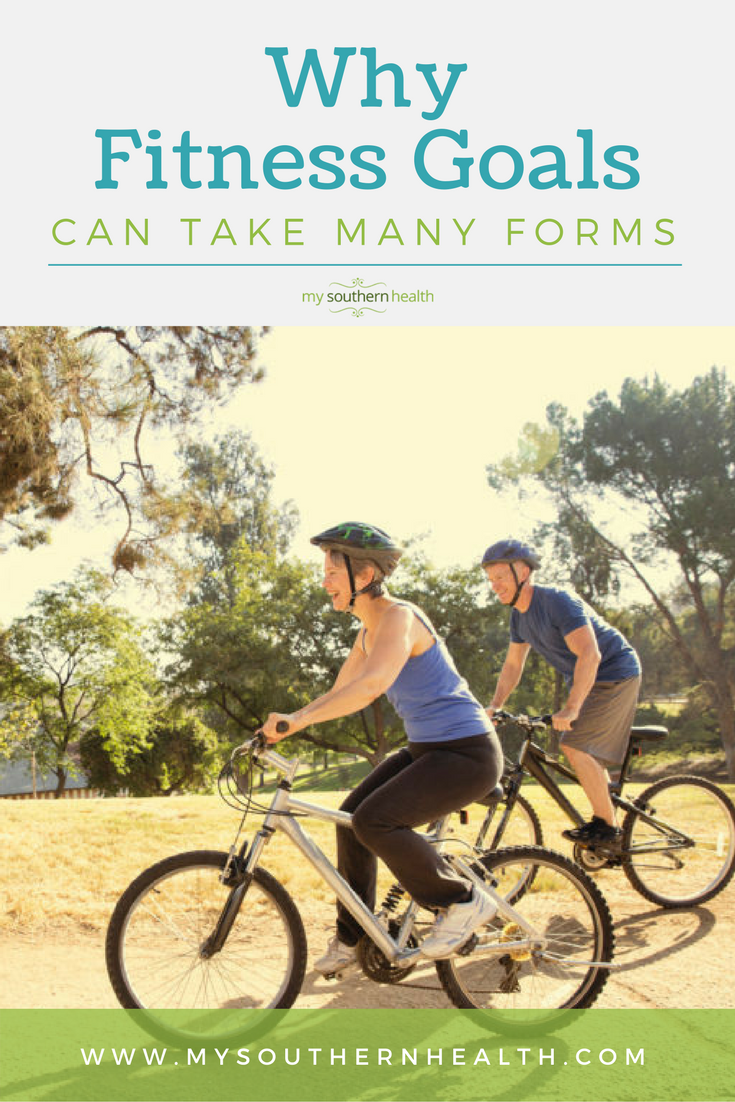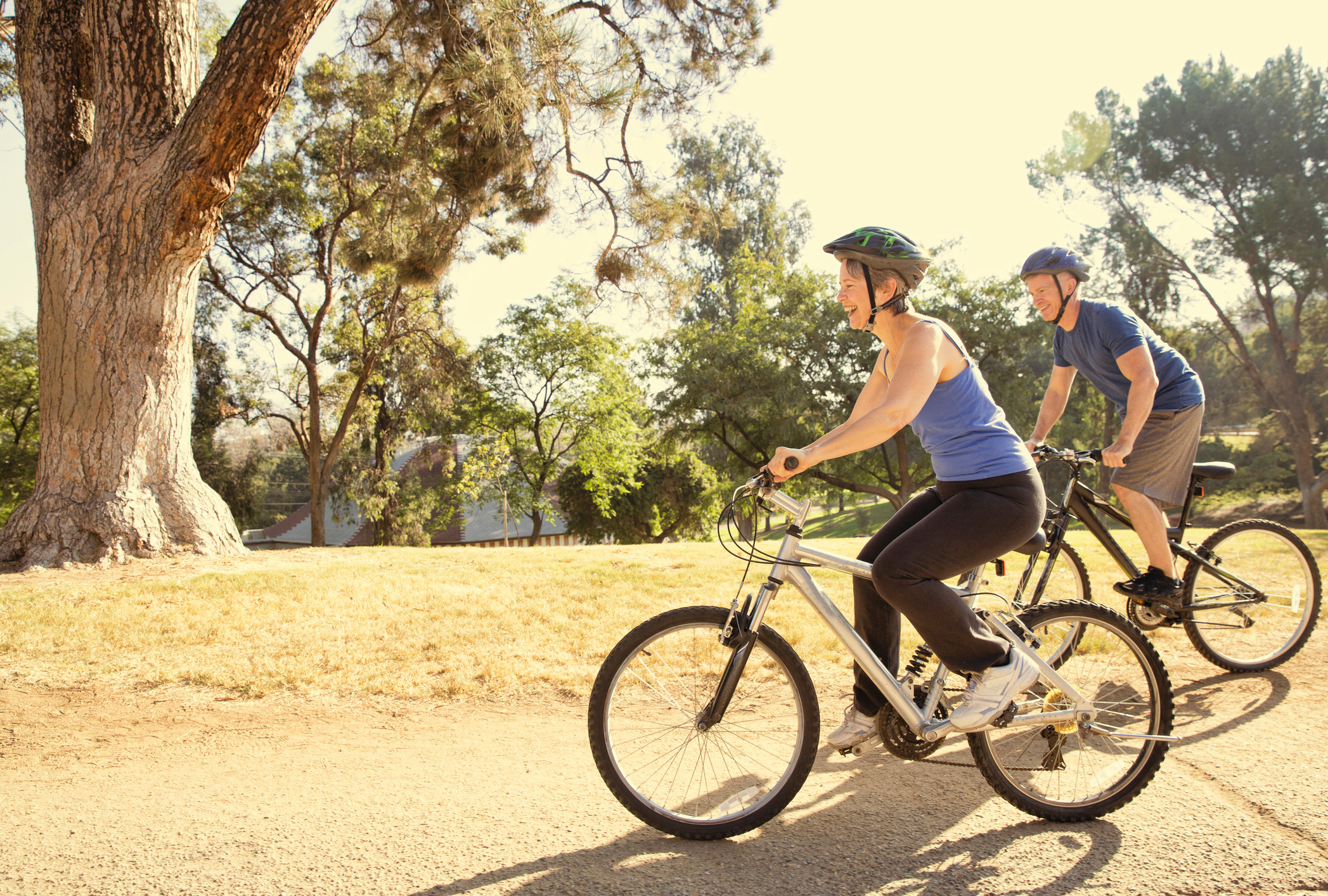Setting exercise goals can help you earn the many benefits of physical activity.
The whole idea of marrying exercise with medical care may be hard to swallow for some patients, but mounting research shows that appropriate exercise can not only improve function, but also improve about 40 chronic health conditions such as depression, high blood pressure, and fibromyalgia.
“It’s the closest thing to a magic pill,” said Stacey Kendrick, health educator at Vanderbilt University Medical Center. “It’s mind-boggling really, how many benefits physical activity offers us.”
The research can be compelling and motivating.
Being physically active can reduce the incidence of high blood pressure and heart disease by 40 percent . It can reduce the incidence of diabetes by 50 percent. It can reduce the risk of developing Alzheimer’s and lower the risk of stroke.
Other studies show active individuals in their 80s have a lower risk of death than inactive individuals in their 60s. And contrary to what our picture of health often is, being fit and overweight is BETTER than being unfit and underweight.
“Physical activity trumps your weight,” said Kendrick.
The Exercise is Medicine initiative began in 2007. It is led by the American College of Sports Medicine with a goal of reversing what it calls an “inactivity epidemic.” It aims to connect doctors with information and exercise professionals for easy referral.
“Fit,” according to CDC guidelines equals 150 minutes of moderate intensity exercise per week. Break that down to 30 minutes 5 days a week. (And that can be broken into 10 minute increments if you like.) It can also be 60 minutes of high intensity exercise per week broken up into three 20-minute sessions, but high-intensity exercise often requires medical clearance for individuals over age 65 or individuals with heart disease risk factors.
Moderate intensity means getting the heart rate up to 60 to 70 percent of its maximum. Sounds complicated, but it’s not. Subtract your age from 220. That’s your maximum heart rate. Find 70 percent of that number and that’s your goal.
And Tennessee is getting involved. Healthy Parks Healthy Person TN would love providers to give a Park Prescription to improve the health of patients and the public. Sign up here.
Leon Scott, M.D., assistant professor of clinical orthopaedics and rehabilitation and physician at Vanderbilt Bone & Joint in Spring Hill, draws a line in the sand. “Running errands and getting out and about is great, but is not the same as doing productive exercise to reach heart rate goals.”
Some fitness wearables include a heart-rate monitor, but Scott said not all of them are accurate. To do this old-school, find the pulse next to your windpipe with your index and middle finger. Count it for 6 seconds during a brisk walk or exercise. Multiply by 10. Are you near your goal?
Scott knows it’s hard to fit it all into our busy lives. As the father of 3-year-old and a new baby, he can’t go to the gym every day anymore. So, he elects to do high-intensity exercise for 3 days a week to reach his health and fitness goals.
“A lot of people don’t think they don’t have time for it,” said Kendrick. “Try to build up those 30 minutes. And it doesn’t have to be all at once. Try 10 minutes at a time and know that little things add up, like taking the stairs.”
Scott added, “Yes, it competes with our whirlwind. We set aside time for church, work, parent activities, then the rest are automatically fills up with busy tasks. We all need to look at our calendars and make one change in order to schedule exercise. We need to do a better job of taking care of ourselves.”


